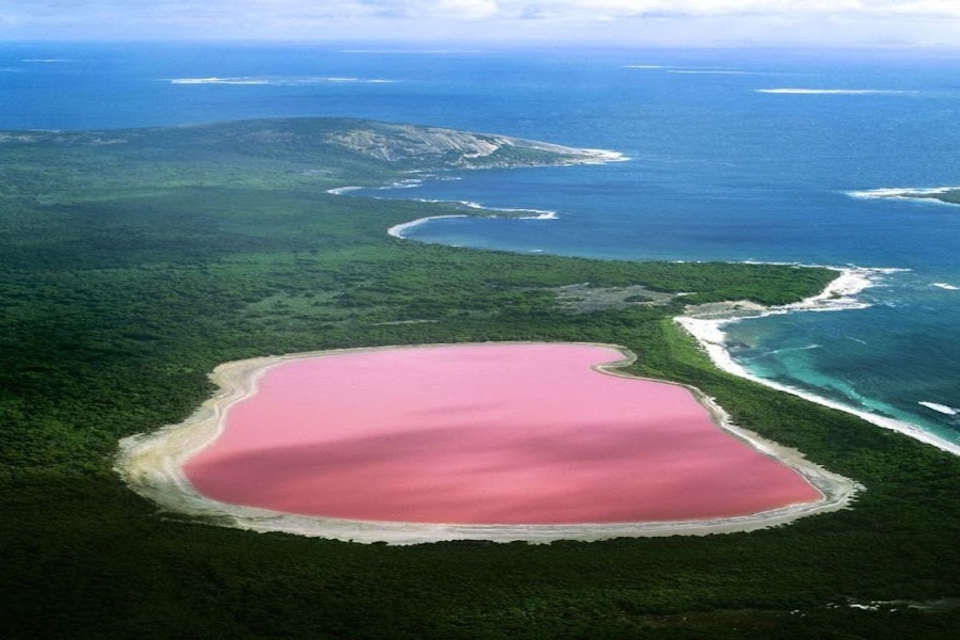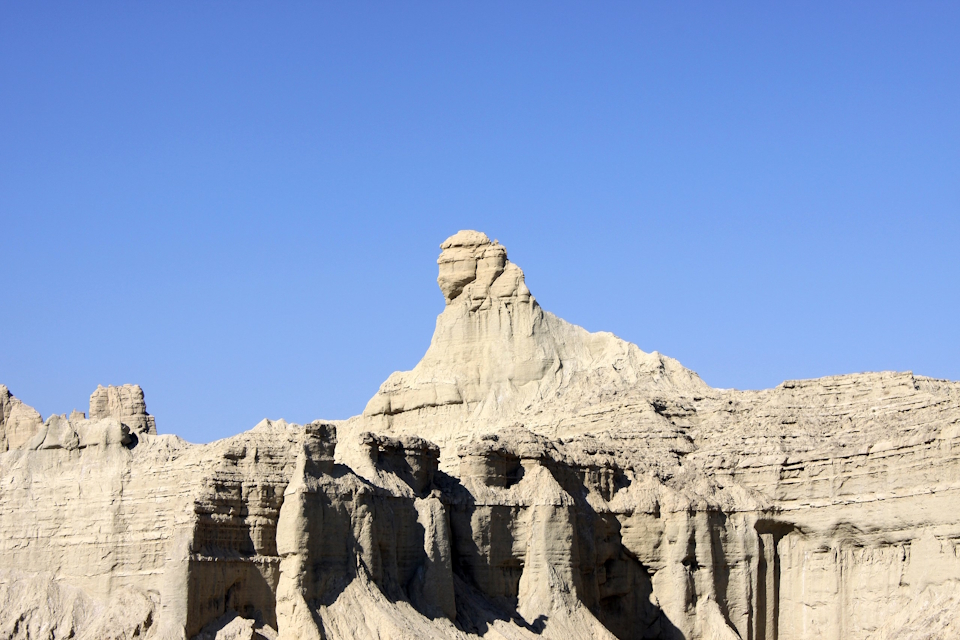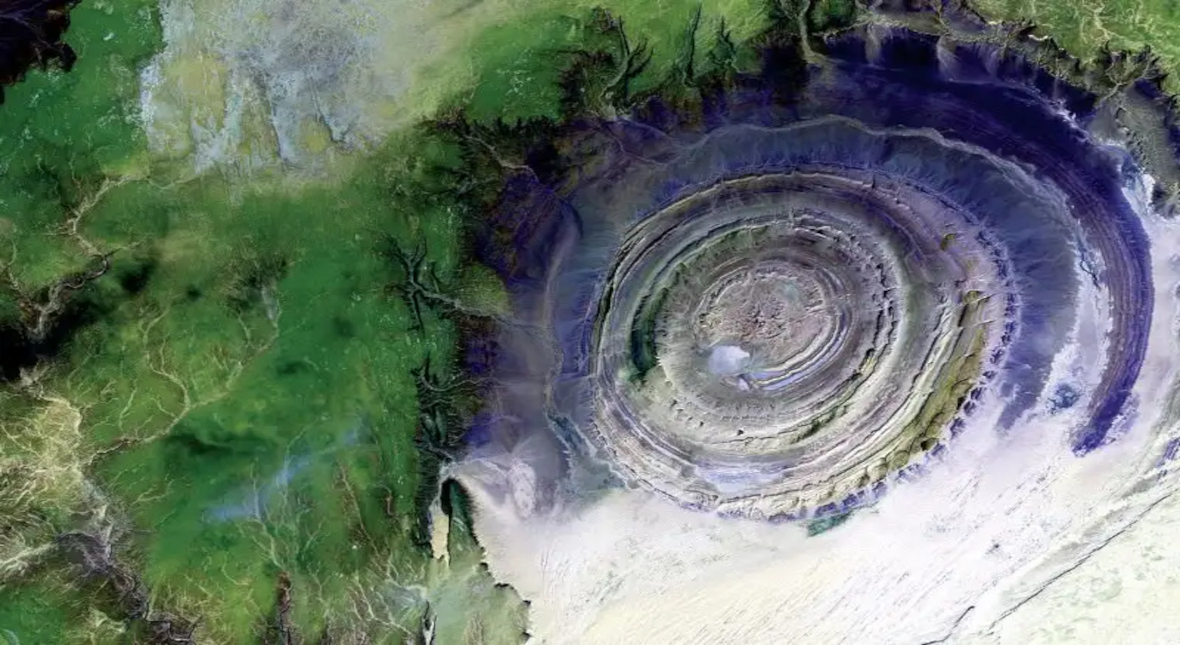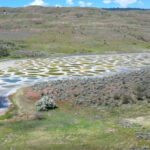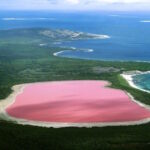Now Reading: Japan’s Mysterious ‘Dragon Eye’ Lake: A Natural Wonder
-
01
Japan’s Mysterious ‘Dragon Eye’ Lake: A Natural Wonder
Japan’s Mysterious ‘Dragon Eye’ Lake: A Natural Wonder
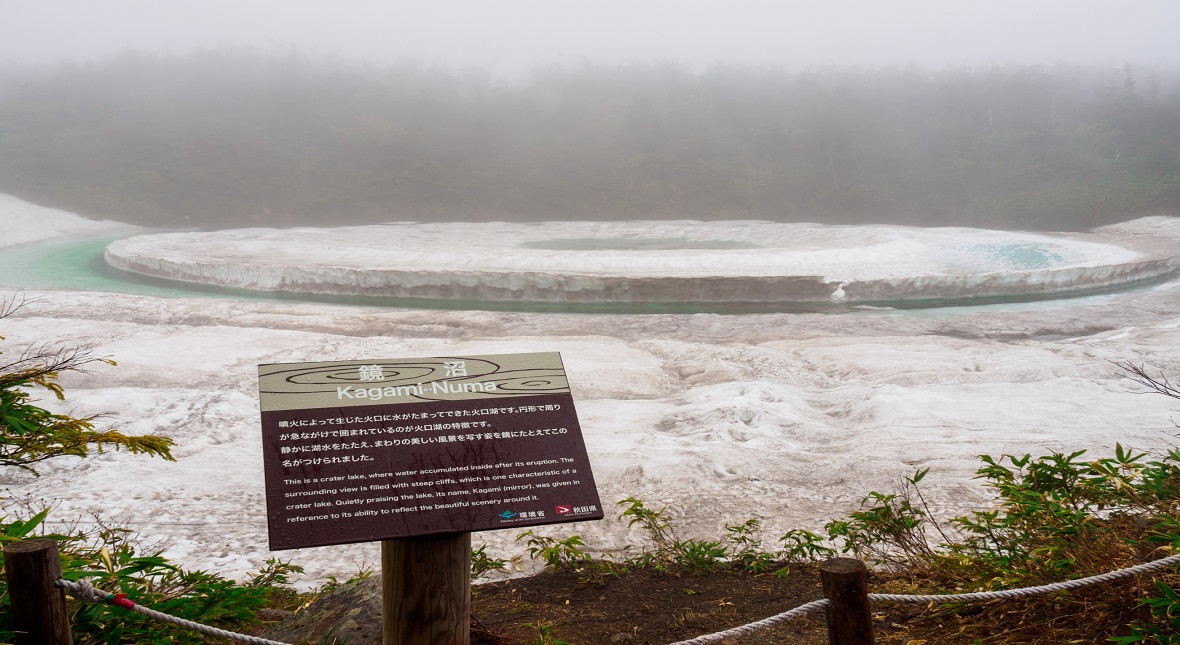
Tucked away in the mountains of Japan, a rare and mesmerizing natural phenomenon has captivated travelers and photographers alike— the ‘Dragon Eye’ of Kagami Pond. This unique spectacle occurs at a small crater lake on Mount Hachimantai, where seasonal changes and specific weather conditions create an optical illusion resembling a mystical dragon’s eye.
The Science Behind the ‘Dragon Eye’
Located on the border of Akita and Iwate prefectures, Kagami Pond remains frozen for most of the year. However, as late spring approaches, the melting ice forms concentric circles that mimic the appearance of a dragon’s eye.
This phenomenon occurs due to a combination of factors. As temperatures rise, the snow and ice begin to melt unevenly due to differences in thickness and the underlying water currents. The lake’s center, often covered by a thicker layer of snow, melts at a slower rate compared to its outer edges. This contrast creates the illusion of a pupil surrounded by an iris-like ring of ice. Wind patterns and subtle temperature fluctuations further contribute to the shifting formations, making the ‘Dragon Eye’ appear even more dynamic and mesmerizing.
Additionally, the lake’s relatively small size and high altitude contribute to the phenomenon. The surrounding mountainous landscape channels cold air, prolonging ice formation even as the seasons change. The pristine clarity of the water also plays a role in enhancing the illusion, reflecting the surrounding sky and creating an ethereal glow.
Another key factor behind the ‘Dragon Eye’ phenomenon is the density and salinity variations within the lake. While Kagami Pond is primarily a freshwater body, seasonal precipitation, snowmelt, and groundwater flow create differences in water density, leading to stratification. This affects how the ice melts and shifts, influencing the patterns that form on the surface.
Moreover, thermal convection currents within the pond play a role in shaping the ‘Dragon Eye.’ As sunlight warms the water beneath the ice, localized melting occurs, further defining the circular pattern. The interaction between these thermal layers and residual cold pockets contributes to the unique, ever-changing appearance of the lake’s icy spectacle.
A Symbol of Myth and Folklore
Japan is steeped in dragon mythology, and the ‘Dragon Eye’ has naturally sparked legends and symbolic meanings. In Japanese folklore, dragons represent strength, wisdom, and protection, and some believe that witnessing the ‘Dragon Eye’ brings good fortune. Others speculate that the lake is connected to ancient spirits, adding a mystical allure to its natural beauty.
Best Time to Visit
The ‘Dragon Eye’ typically appears from late May to early June, depending on the weather conditions. Travelers eager to witness this rare sight should check local forecasts and plan their visit accordingly. Mount Hachimantai itself offers a range of scenic hiking trails and breathtaking vistas, making the journey even more rewarding.
A Must-See for Nature Enthusiasts
Whether you’re a nature lover, a photography enthusiast, or a seeker of rare wonders, the ‘Dragon Eye’ is an extraordinary sight to behold. Experiencing the Dragon Eye is a fleeting opportunity, as the phenomenon lasts only about two weeks each spring. Travelers planning to visit should check local tourism websites for the best viewing times and travel advisories.











